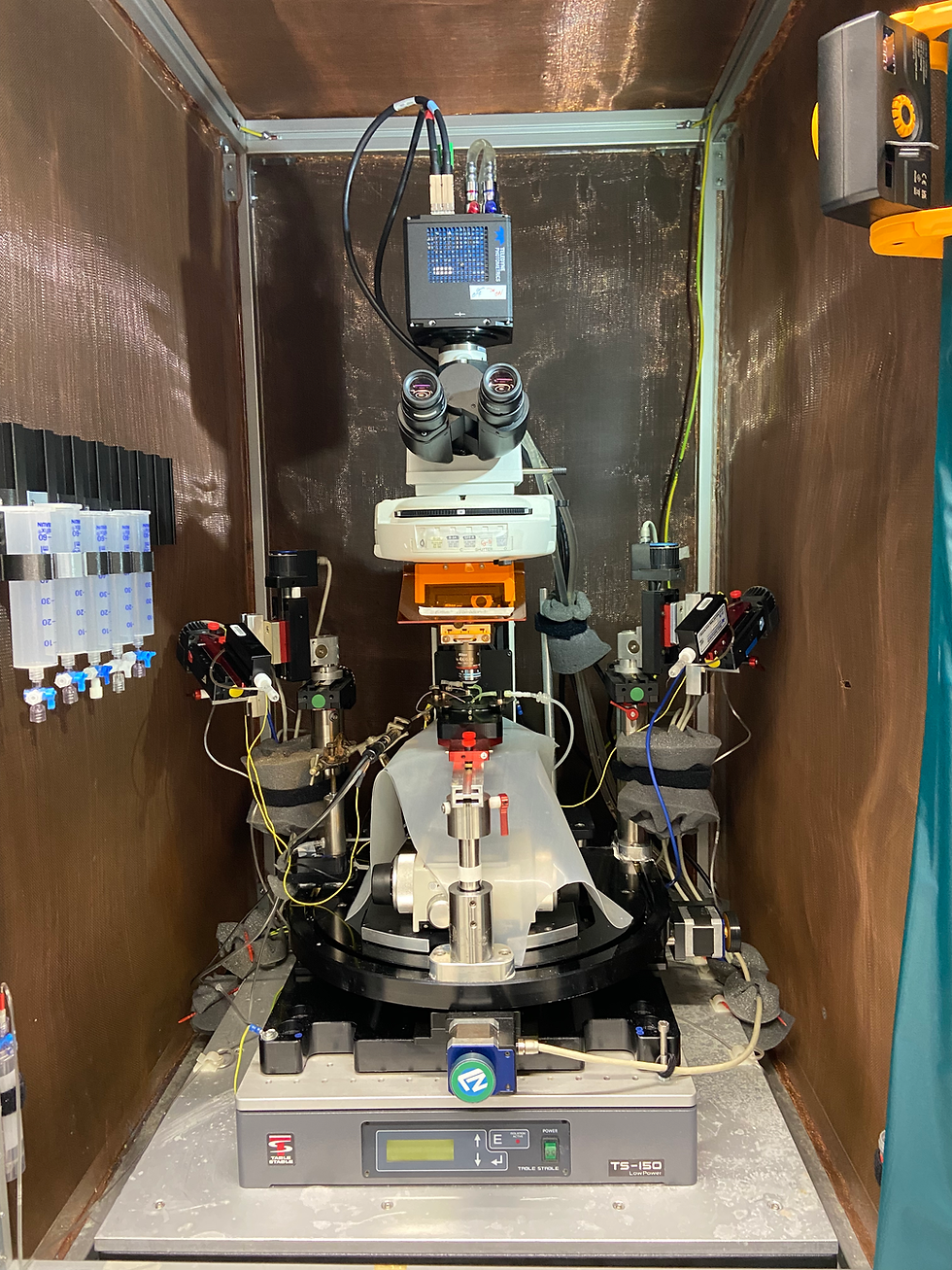Lake Michigan
- Naoki Kogo
- Aug 20, 2020
- 3 min read
Updated: Feb 21, 2021

It was around 2013, I started to have an idea of a neurophysiological project that combines both of my scientific background: vision science and neurophysiology (I started as a neurophysiologist and then switched to vision science). I submitted the proposal to FWO (a funding organization by the Flemish government) for the extension of my fellowship which I won eventually. But because I was working at a vision science lab of the University of Leuven back then, I did not have a resource to start the project that required neurophysiological equipment. Luckily, my former colleague at Northwestern University in Chicago (with whom I worked together when I had been still conducting electrophysiology projects in the UK) accepted me as a visiting scientist. I got a travel grant and, finally, I started the project there.
In Chicago, after assembling the equipment (I enjoy doing it!), I was able to start recording, with double patch clamping from brain slice preparation. After so many years of not doing it, I was happy that the gap was not a problem.
For many reasons, there was an urge within me to work hard: I felt this was an opportunity to express what my science really is.
The project was to record from two neurons from the visual cortex that are polysynaptically connected and to investigate the dynamics of their interactions.
I knew the basic idea was good. I knew it can make important contributions to vision science research. But I could not get a good recording from the right pair of neurons. I kept trying and trying to get the recording but I never succeeded (finding a pair connected monosynaptically was not a problem: I could easily get such pairs, but I could not get polysynaptically connected pairs). I worked every day until late at night, trying everything I could think of. Again and again, I got beautiful double recordings but never found polysynaptically connected ones.
I gave everything I got as a neurophysiologist. I worked hard and I read papers after papers to figure out what the problems were, but without success. (Now I know what the trick was, but it is a long story to write here.)
I remember one night, it was quite late when I finished my experiment, and I missed the last train to go back to where I was staying. So I had to take a taxi. I was tired. I was leaning my head against the window and watching the dark Lake Michigan. I was sad. I thought I could offer something to this world, and I thought I gave everything to it but still, it was not working…
Meanwhile, Society for Neuroscience conference 2014 in Chicago was coming up. I had another project idea and ran it quickly and presented at the conference. So, the visit was not a complete waste. But still, I was blown by the fact that the first project did not work.
Then the time was over and I came back to Belgium.
Around that time, there was an idea slowly growing at a tiny small corner of my head. But it felt so crazy and I had been dismissing it.
After coming back to Belgium, I started to think about the idea more seriously. The idea was, to simply put, instead of trying to find connected neurons, I make them connected(!). I knew a bit about “dynamic clamp”, a technique to render modeled ionic channels and synaptic conductance to real neurons.
I thought, maybe I can use the technique to make two neurons connected…
After failing everything, I had nothing left but this idea. So, during the next visit to Chicago, I tried it. And, in the very first experiment with the very first pair of neurons, the pair started to show a beautiful activity. It showed a bi-stable activity just as computational models had been predicting.
So, this is how it started.
Now I moved to Donders Institute to fully focus on this project (and expand it for other applications). I am very lucky to find the laboratory of Richard van Wezel there, and also to find new colleagues, Nael Kasri and Dirk Schubert (and the members of the group) to work together.
Data have been collected. I am still having difficulties to publish the paper to report our first outcome, though ;>
But oh well, we will get there!





Comments